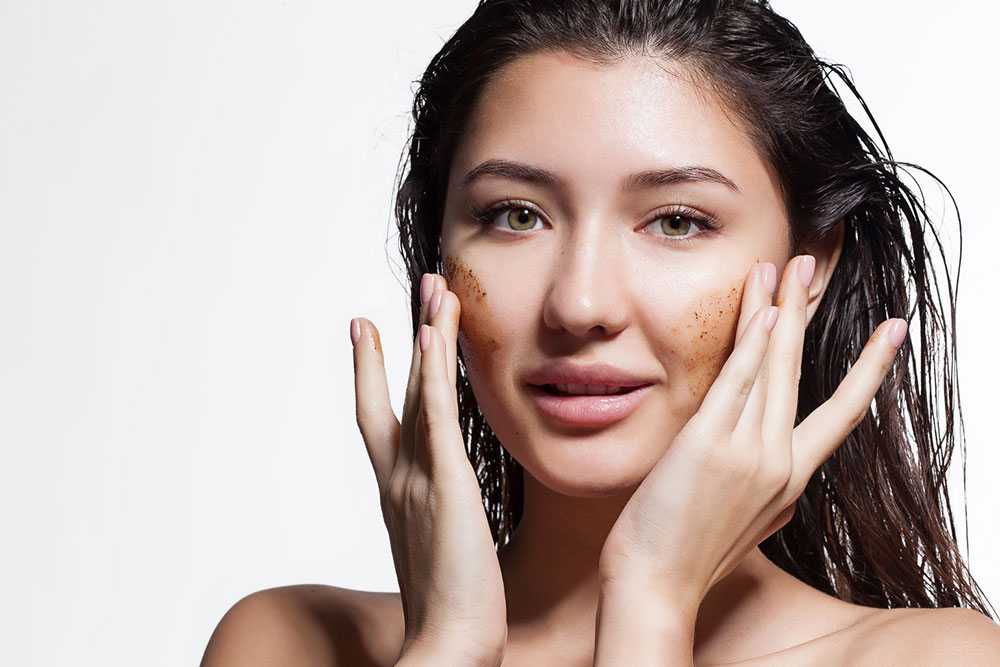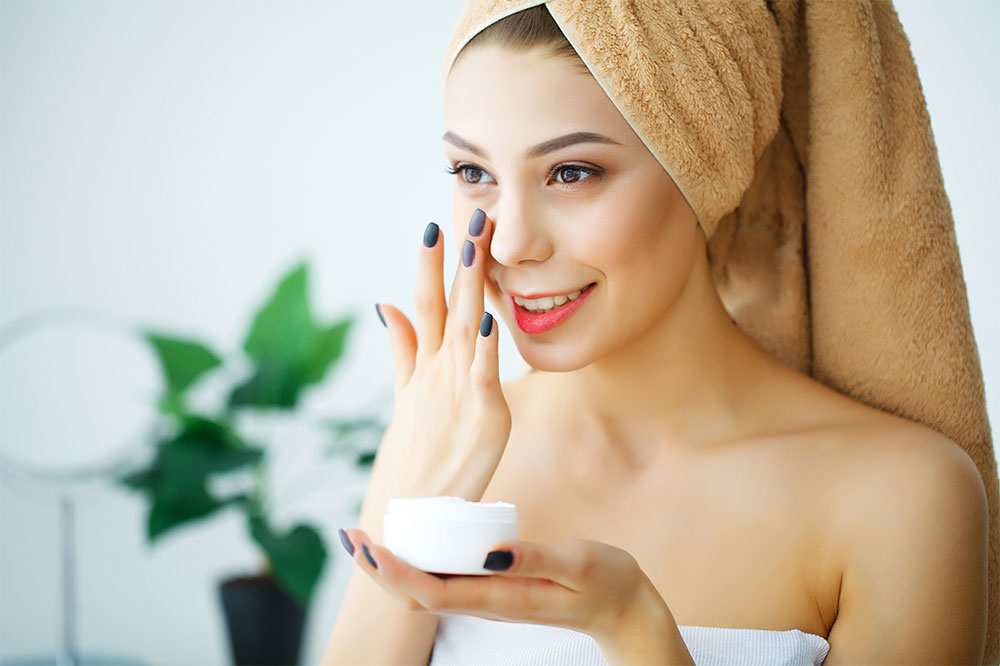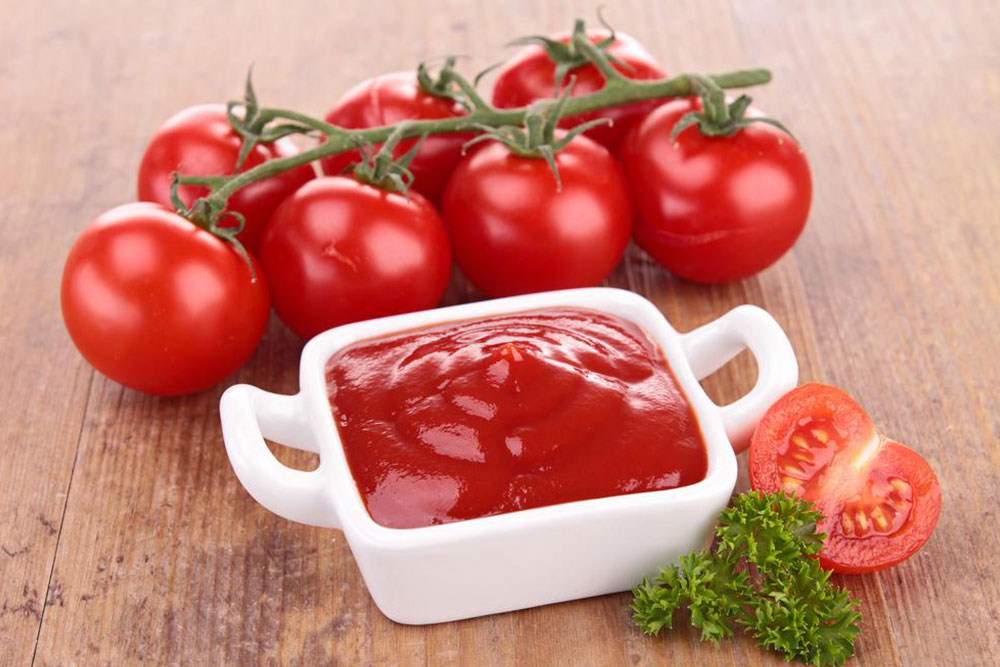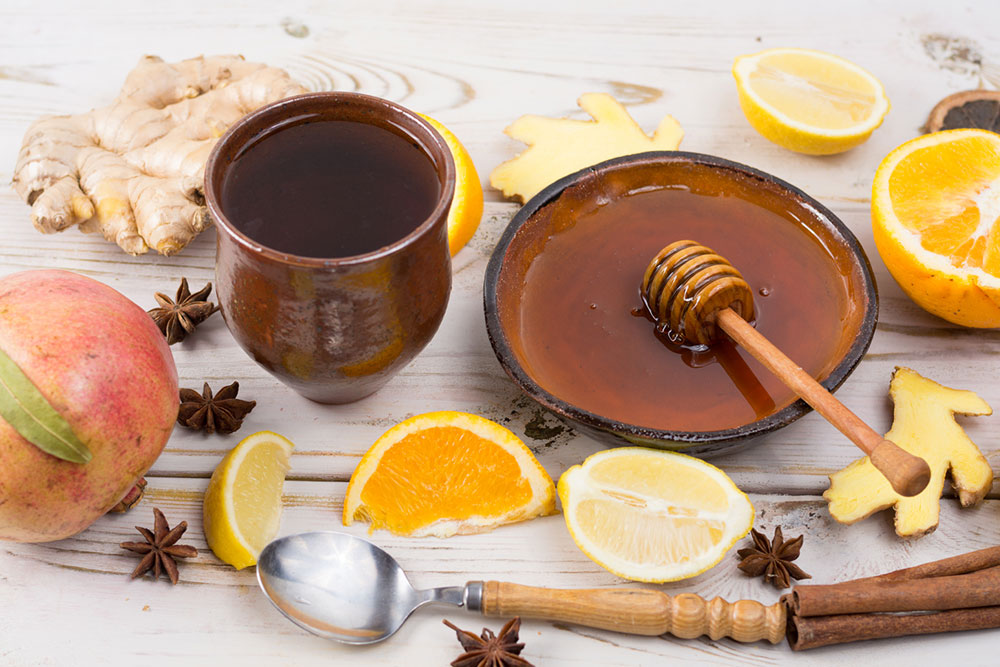Why Incorporating Regular Facial Exfoliation Boosts Skin Health
Discover the significance of regular facial exfoliation in achieving healthy, radiant skin. This guide explains how to choose the right scrub for your skin type, the proper way to apply it, and essential post-exfoliation precautions. Regular exfoliation helps unclog pores, improve circulation, and prevent common skin issues like acne and wrinkles. Incorporating an affordable, natural ingredient-based scrub into your routine can transform your skin's texture and overall appearance, promoting a brighter, more even complexion.

Why Incorporating Regular Facial Exfoliation Boosts Skin Health
Many skincare routines focus on cleansing, sun protection, and hydration, often overlooking the importance of exfoliation. Including exfoliation in your skincare regimen helps open clogged pores and facilitates deep cleaning. Relying solely on cleansers and moisturizers isn’t enough for optimal nourishment. Using an effective exfoliating scrub is a great way to kickstart your skincare routine. The market offers a variety of exfoliating face scrubs, which can sometimes be overwhelming to choose from.
What is the role of a face scrub?
A face scrub removes impurities and unclogs pores by eliminating dirt and dead skin cells that are difficult to remove with regular cleansing. Exfoliation revitalizes the skin, allowing oxygen to penetrate deeply, promoting breathability. Regular scrubbing facilitates skin renewal, reduces wrinkles, and evens out skin tone. Many affordable scrubs are available online, suitable for daily use due to their gentle formulation.
Some cleansers contain microbeads that assist in exfoliation.
How to properly use a face scrub?
Use your scrub when your skin isn’t exposed to harsh environmental factors. Ideally, after returning home and before any outdoor activity, follow these steps:
Start by cleansing your face with a mild cleanser or toner to remove surface dirt.
Gently pat your skin dry with a warm towel.
Apply the scrub evenly, avoiding the eye area, and massage in circular motions for 2-5 minutes.
Rinse thoroughly to remove all residue. The dead skin cells removed will reveal newer skin beneath, especially when exposed to natural light.
Factors to consider before choosing a face scrub
The ideal exfoliating scrub should contain natural ingredients such as aloe vera, microbeads, papaya pulp, or natural seeds. Pick products suitable for your skin type:
Sensitive skin – Use foam or cream-based scrubs day to day. Avoid scrubs with synthetic particles that may cause irritation, like walnut or apricot kernels. Always check labels for suitability warnings.
Normal or combination skin – Natural ingredients that balance pH, such as jojoba seeds or walnut particles, work well.
Oily skin – Choose scrubs with aloe vera, papaya, or natural seeds, and avoid oil-based products that could increase sebum production.
Benefits of exfoliation
Removes dead skin, improving oxygen flow and detoxification.
Enhances blood circulation, resulting in a healthy glow.
Helps prevent acne, whiteheads, and blackheads.
When and how often should you exfoliate?
For visible issues like acne and dark spots, exfoliating twice weekly is recommended. Overdoing it can cause dryness. Once a week is sufficient for ongoing maintenance to prevent pore blockages and aid absorption of skincare products.
Aftercare tips post-exfoliation
Follow these precautions to protect your skin:
Apply sunscreen or a hydrating, gel-based moisturizer to shield skin and close open pores.
Stay hydrated to support skin health.
Avoid direct sun exposure and use gentle, alcohol-free wipes if needed.
The best exfoliating scrubs are affordable and effective, offering good results with a one-time investment. You don’t need to spend a fortune; affordable options work just as well.










